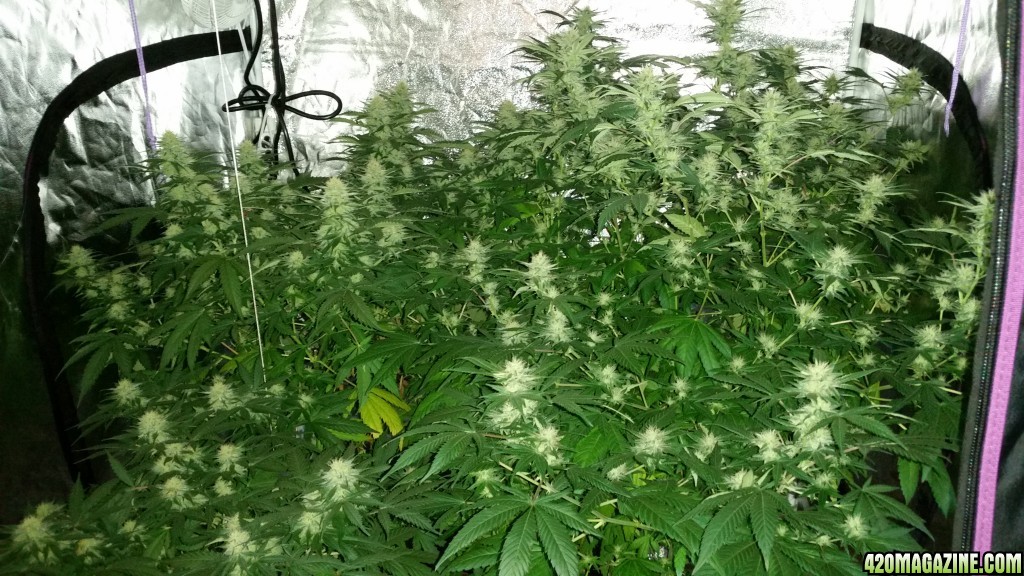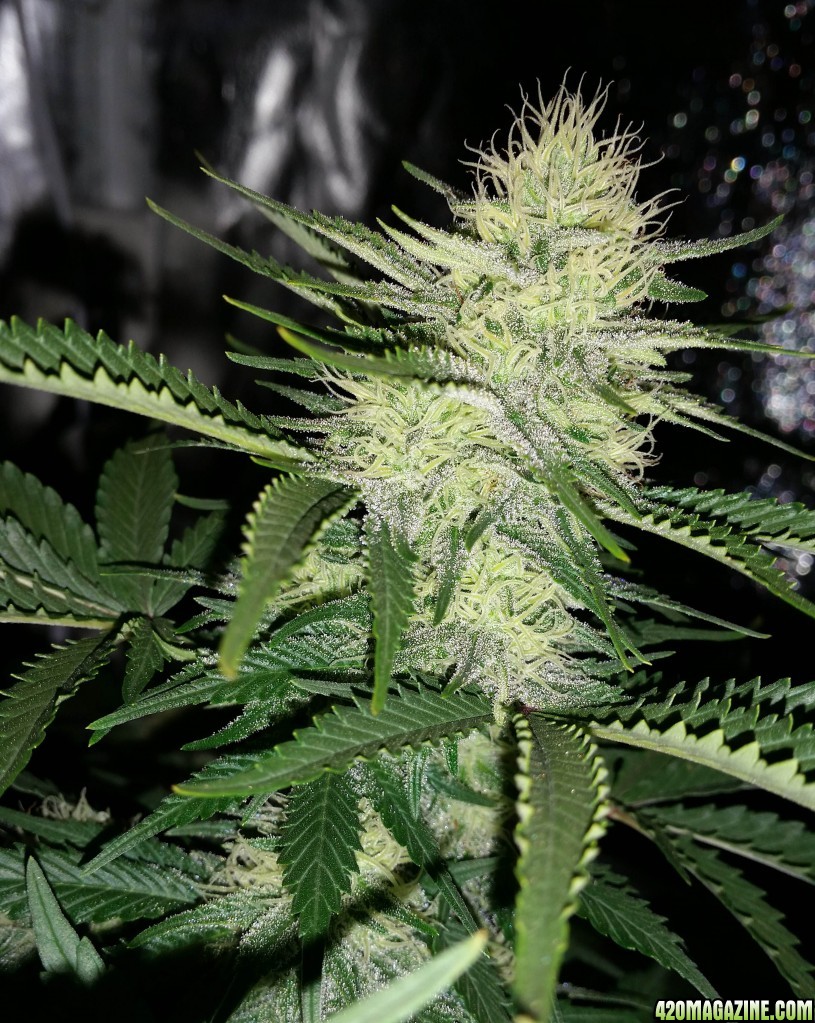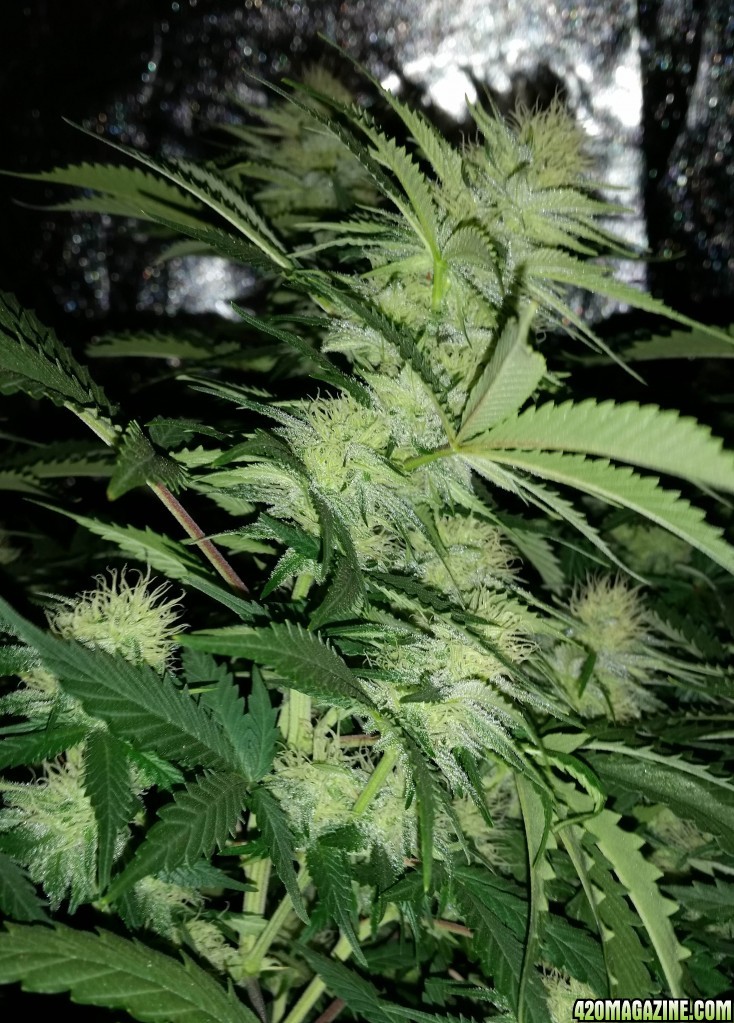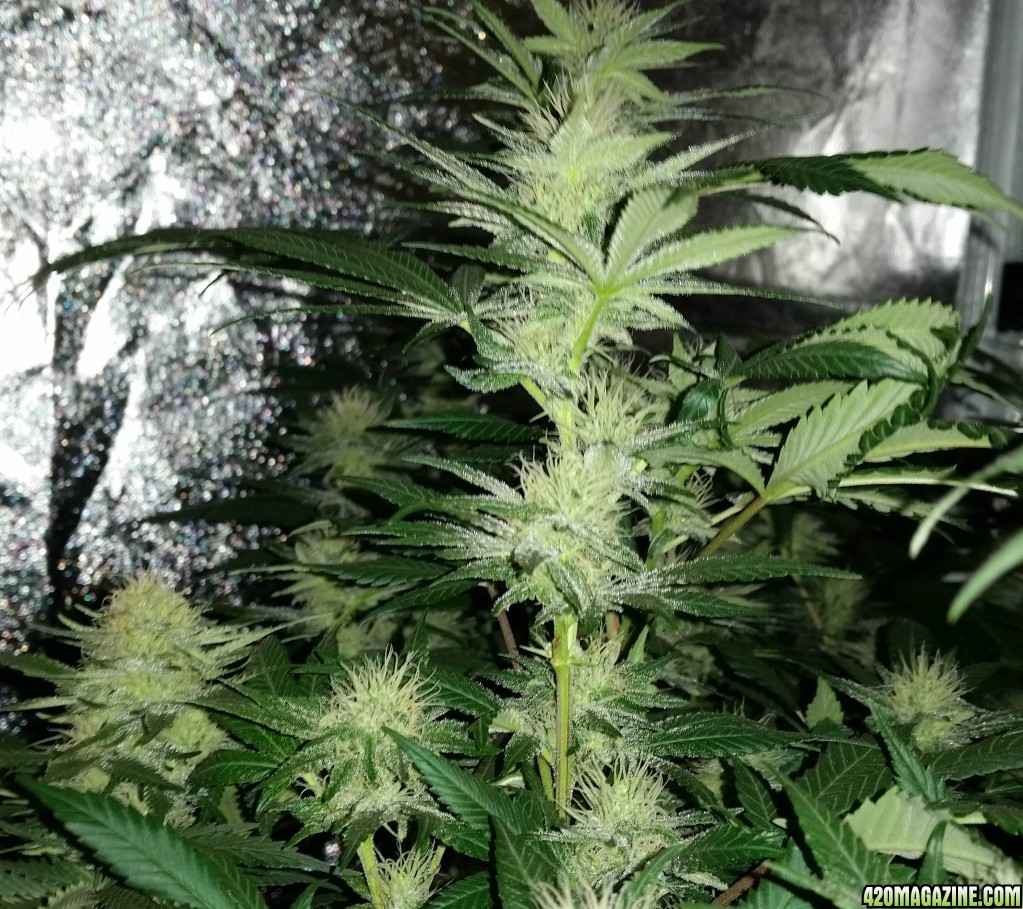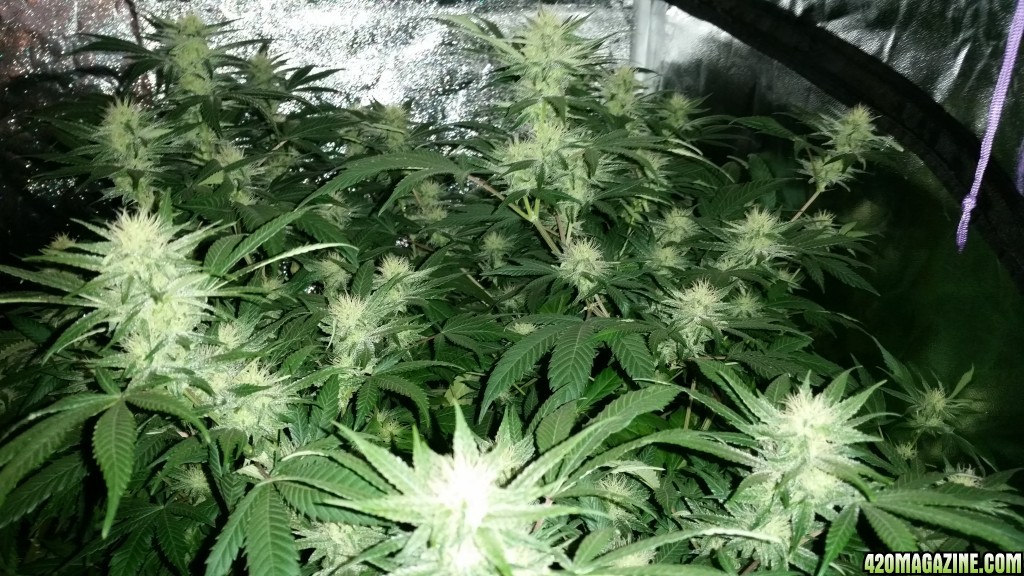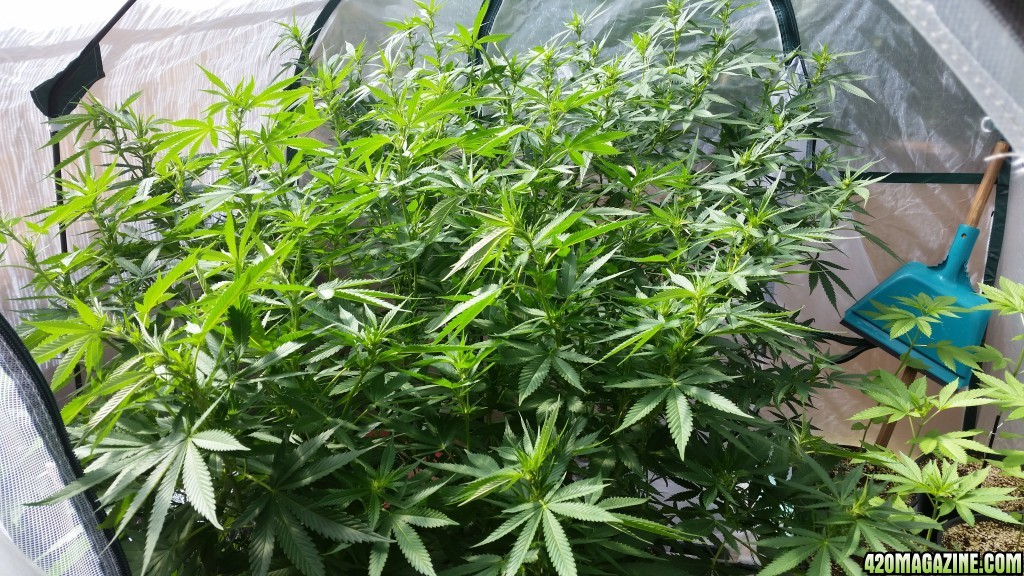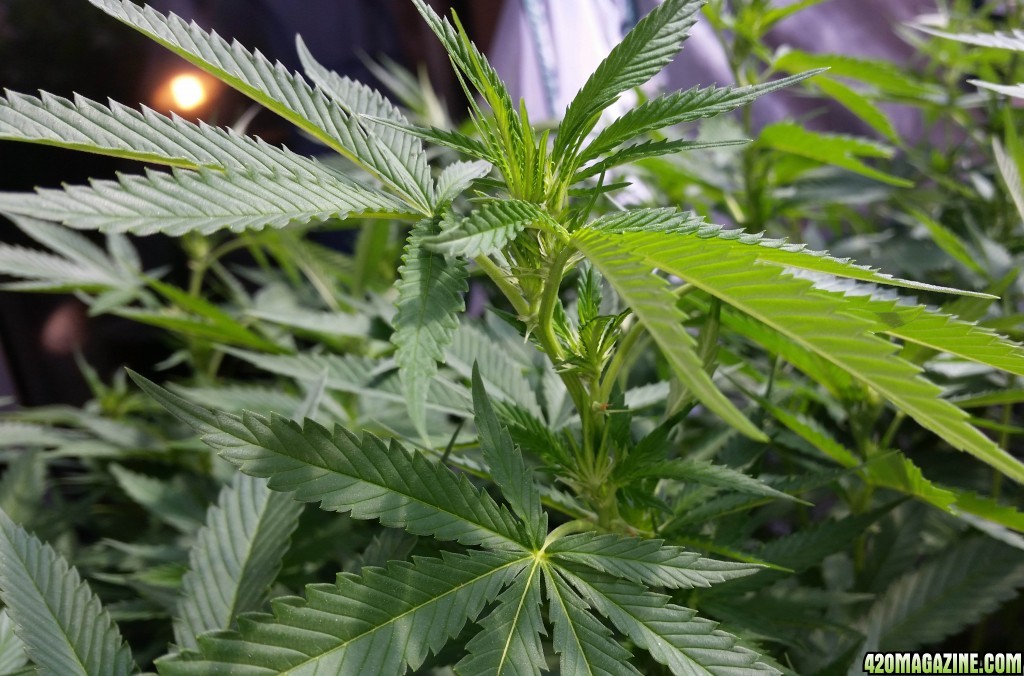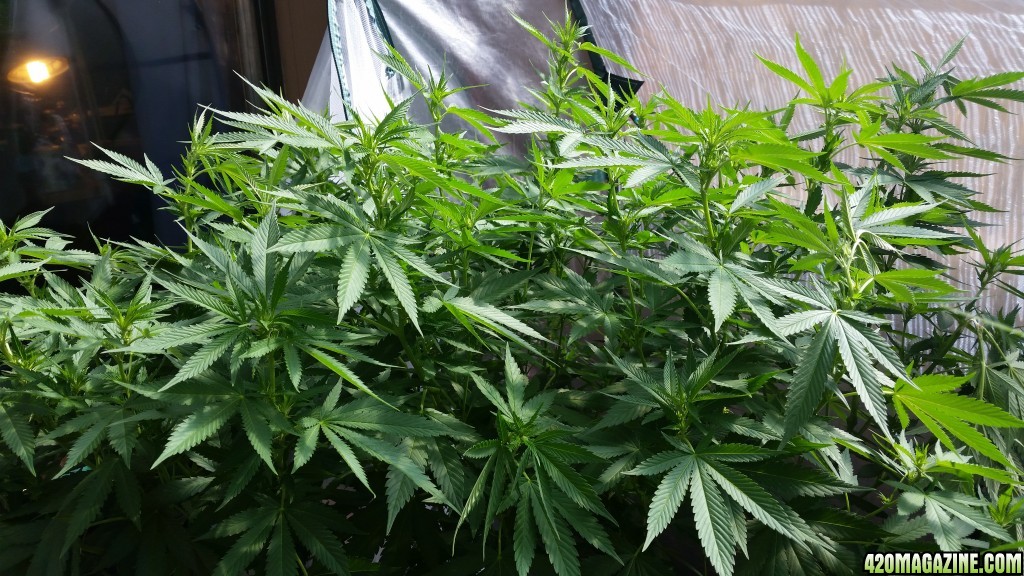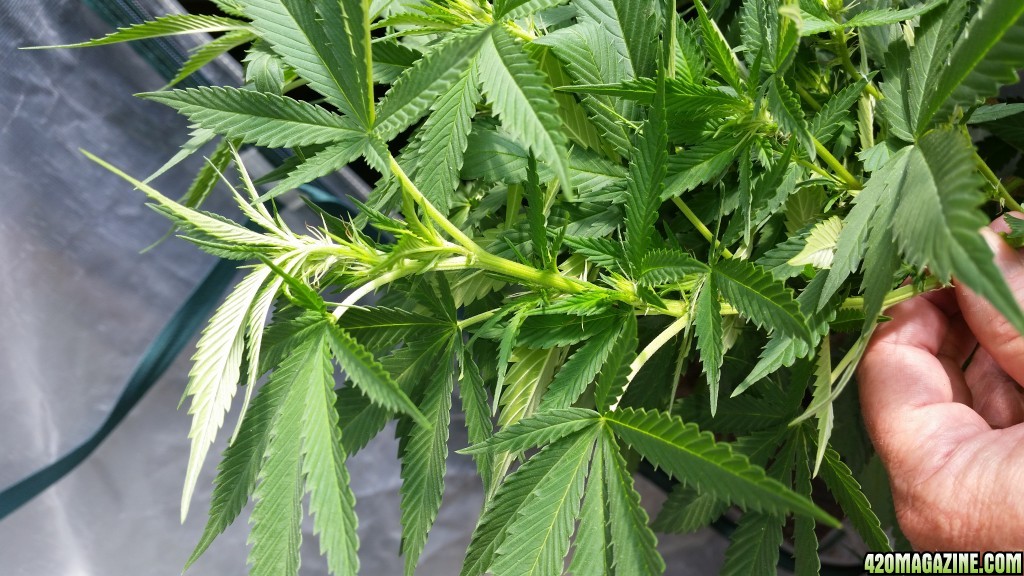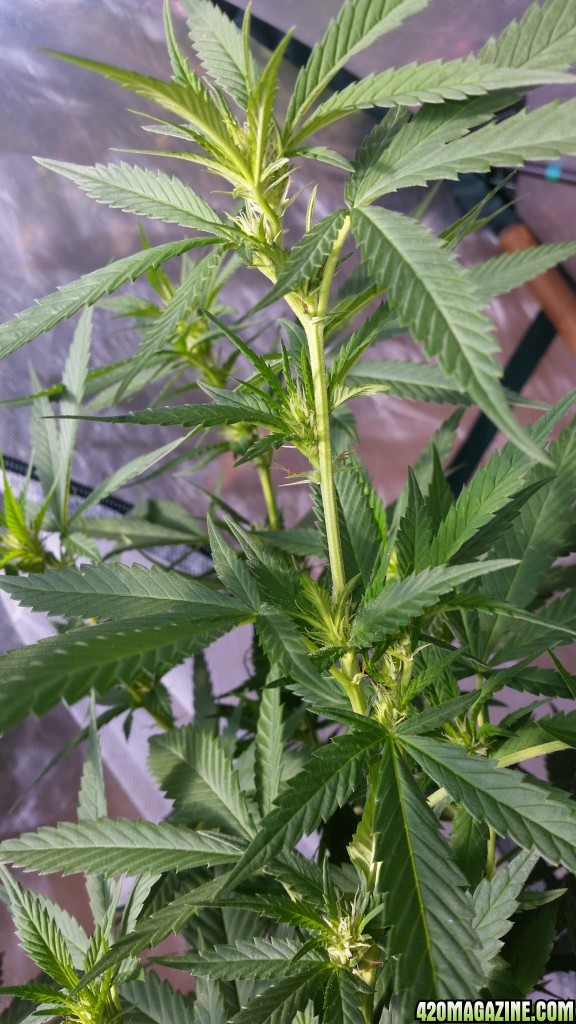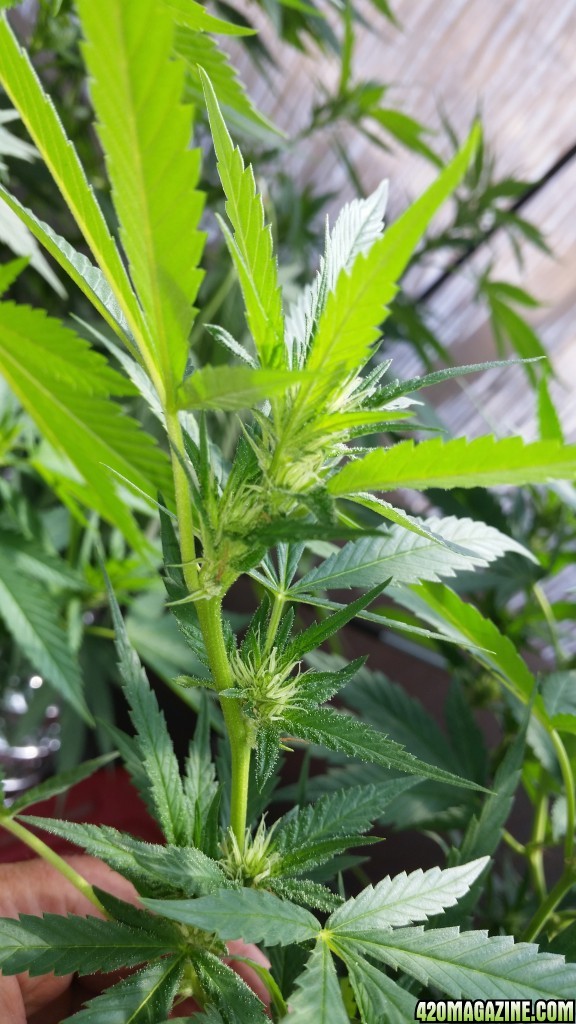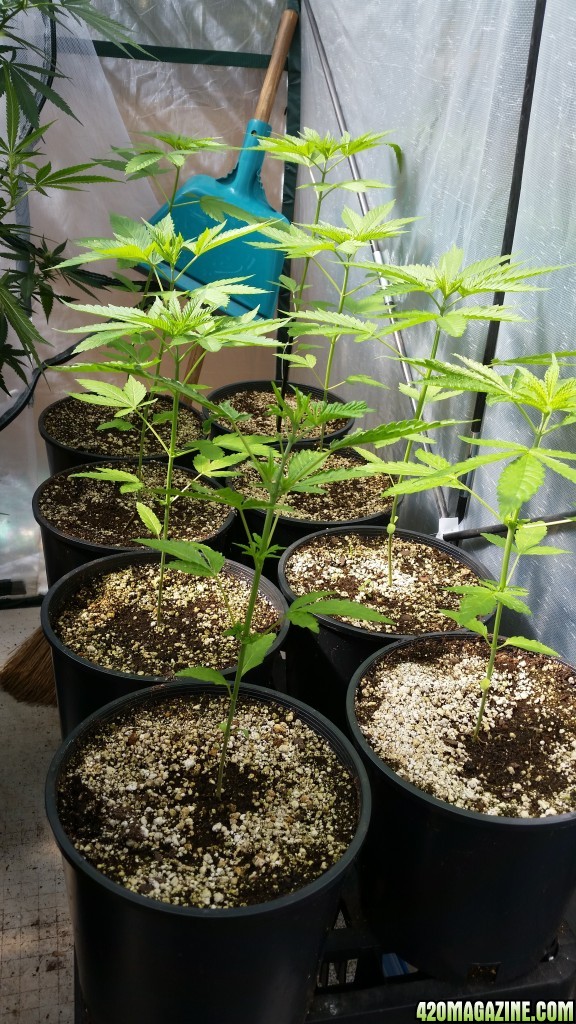Darkstar isn't quite doing it yet, but as we saw in the tent this strain takes it's time getting motivated. It also results in a complete loss of motivation when you smoke it...

Beautiful work, PJ.

How To Use Progressive Web App aka PWA On 420 Magazine Forum
Note: This feature may not be available in some browsers.
Darkstar isn't quite doing it yet, but as we saw in the tent this strain takes it's time getting motivated. It also results in a complete loss of motivation when you smoke it...


 ....
....
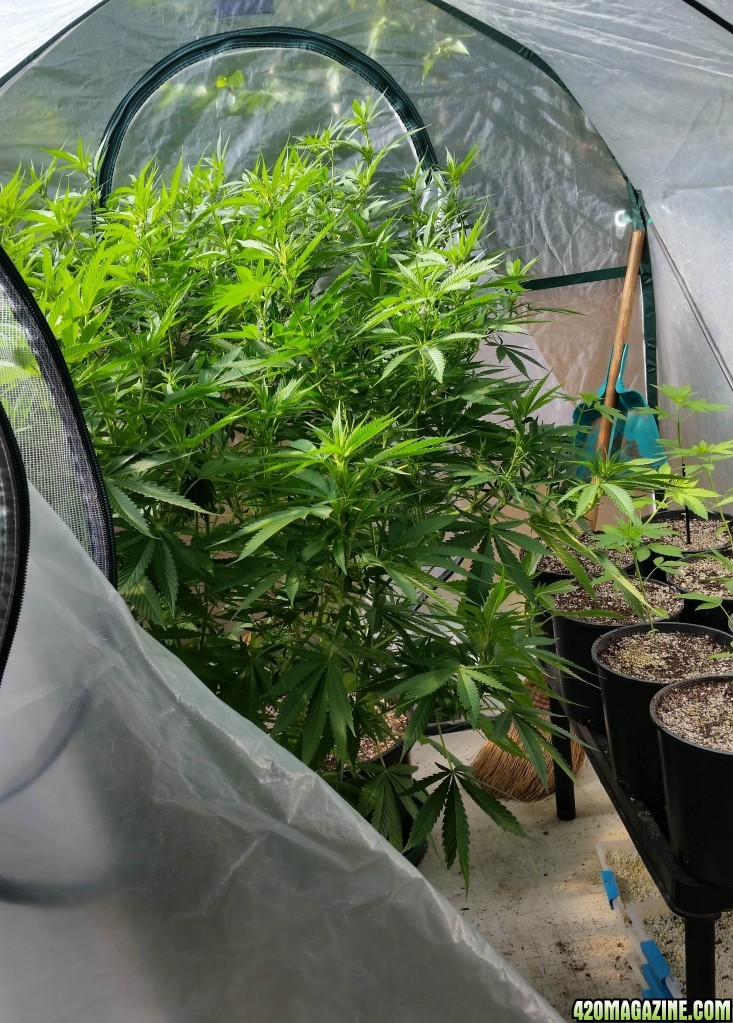
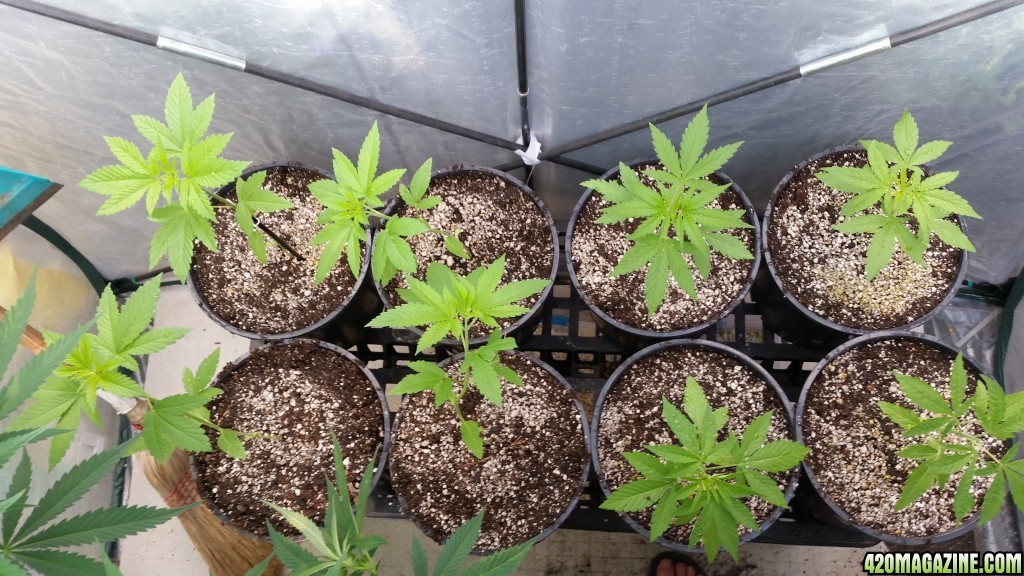
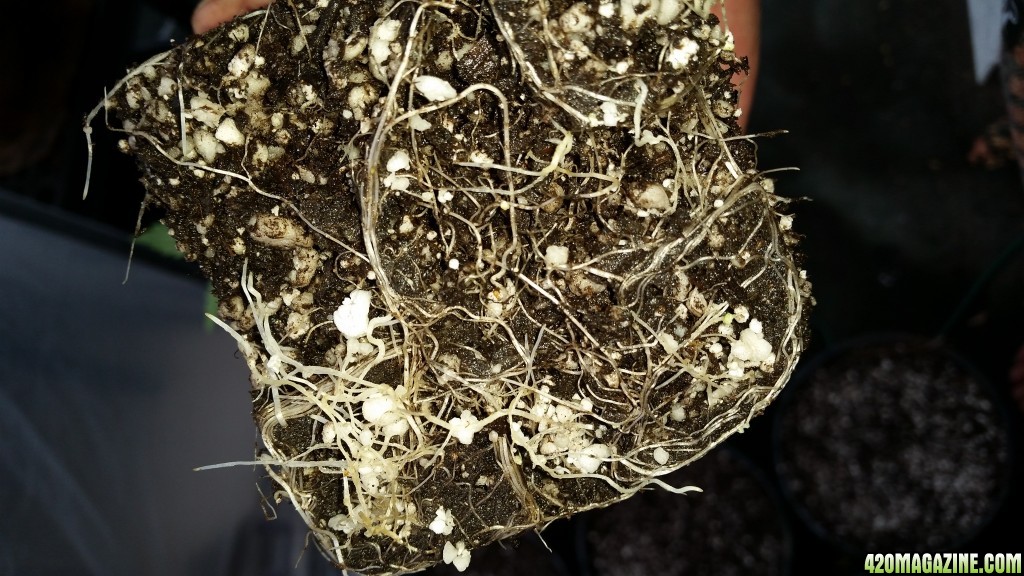
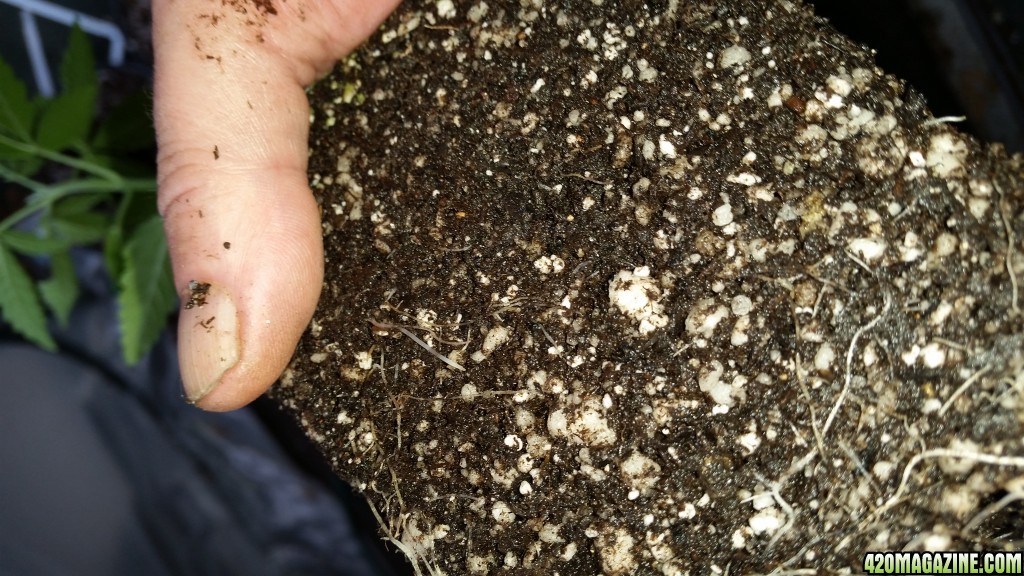
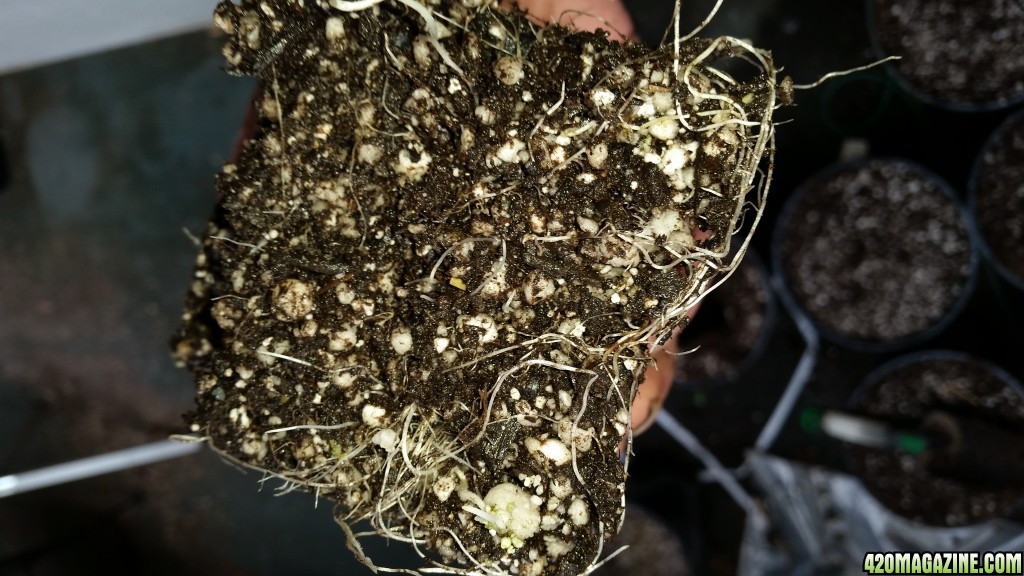
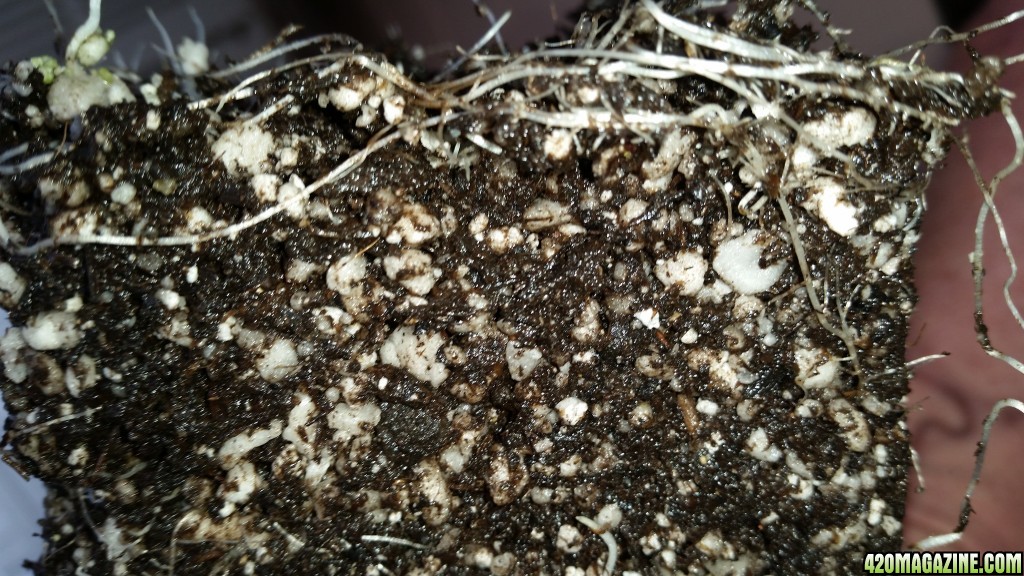
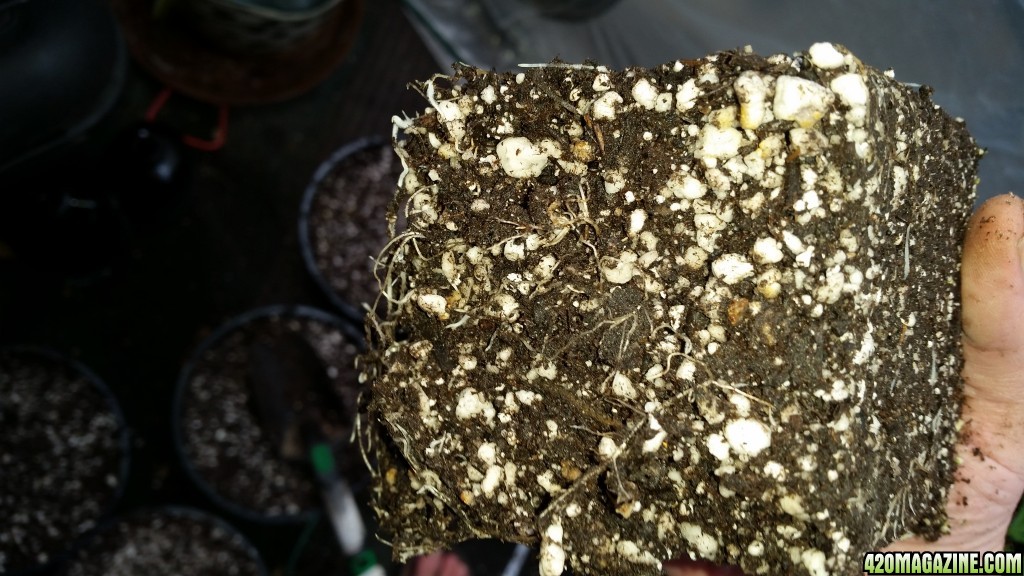
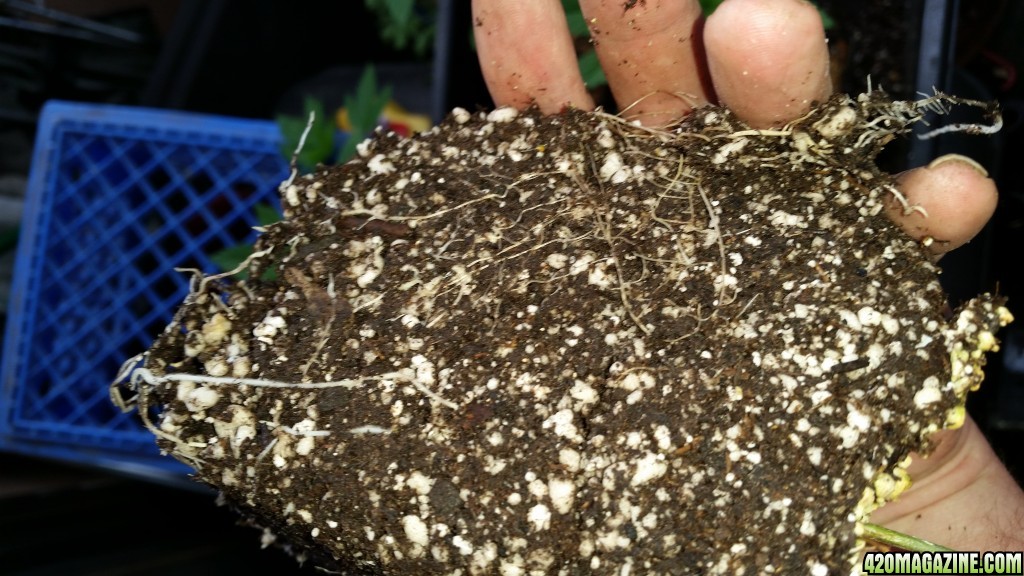
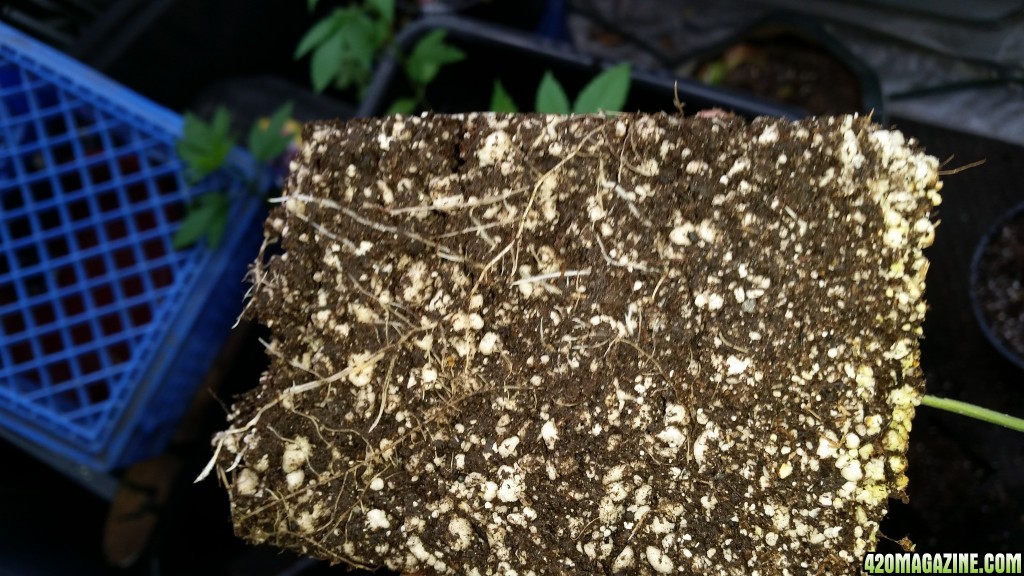
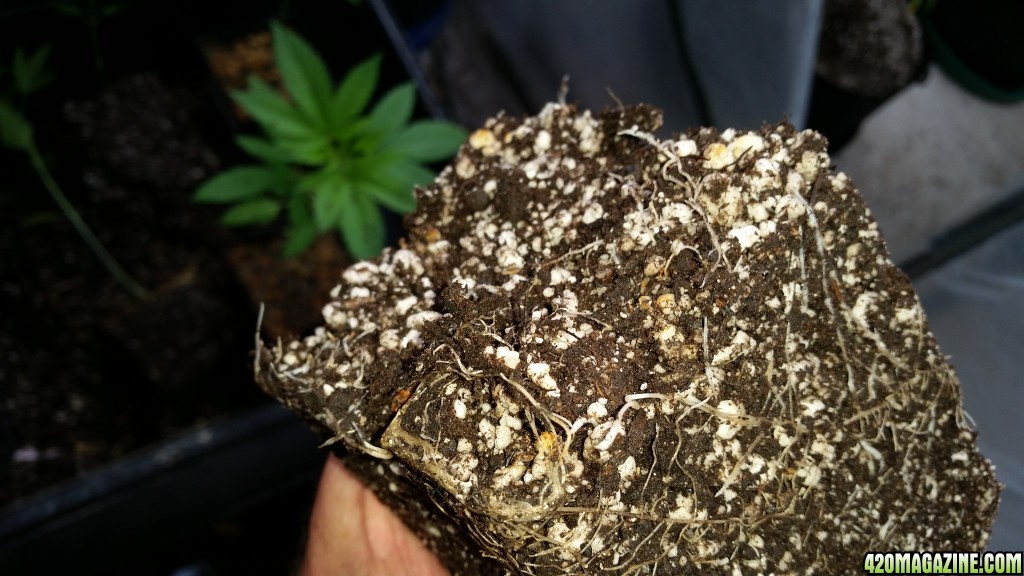




 I've never killed a plant by parching it, but many houseplants have died from soggy soil. So ... what about the role of aeration? Our lil soil beasties thrive on it, don't they? They don't really love water - it's a thick humid soil atmosphere that they love. The chemical reactions require available gasses, so they need to be able to freely burble and osmose throughout the soil.
I've never killed a plant by parching it, but many houseplants have died from soggy soil. So ... what about the role of aeration? Our lil soil beasties thrive on it, don't they? They don't really love water - it's a thick humid soil atmosphere that they love. The chemical reactions require available gasses, so they need to be able to freely burble and osmose throughout the soil.
Ditto...Thanks for the documented side-by-side, PeeJay!

I don't have any definitive answers, Gray. I perceive a general lack of understanding about soil biota hereabouts. One of the things that happens in waterlogged soil is denitrification.
Basically as microbial action breaks down organic material it deaminates protiens removing the amino groups and converting them to ammonia (NH3). NH3 is a gas and will dissipate from dry soil in a hurry and out into the atmosphere. However, in moist or wet soil it becomes solubalized and makes ammonium ions (NH4+). NH3 + H2O -> NH4+ + OH- .
Next, organisms like Nitrosomas convert the NH4+ to NO2- (nitrite). Organisms like Nitrobacter convert NO2- into NO3- (nitrate) . These microorganisms get their energy from oxidizing the nitrogenous compounds.
The plant would love to be able to use NH4+ to create build it's proteins but the ions are typically tightly bound to negative charges in the soil. NH3, however, with it's negative charge is easily transported across the cell membrane and into the plant. Nitrate is fully oxidized and is really the only form of nitrogen that plants take up in appreciable amounts.
In order for the oxidation reactions to take place there needs to be an electron donor and in this case the donor is oxygen. Waterlogged soils contain little or no free oxygen. When there is no oxygen then the pathway from NH3+ to the NO3- is disrupted. To make matters worse there are anerobic bacteria in the soil that like to use NO3- as an electron acceptor. They take the NO3- -> NO2- -> N2O ->N2 and it is lost from the soil and into the atmosphere. When you let the soil dry appreciably it is hell on the anaerobes that do this reaction. In a continuously wet environment they thrive.
The nitrogen cycle from organic material requires both a wet and dry conditions. Wet conditions to solubalize the NH3 and dry conditions to facilitate the oxidation into usable NH3-. When a plant gets at least a modest wet dry cycle the correct conditions are available for both sets of reactions to take place as the soil slowly dries out from the bottom to the top.
Thanxx for adding the layman's terms for the bottom line; That I follow.When a plant gets at least a modest wet dry cycle the correct conditions are available for both sets of reactions to take place
Sue, SWICK obviously works. My SWICK plants did great. The nitrogen cycle example is just one of many reasons that SWICK is less than ideal. I know of a couple of rather large scale vegetable growing SIPs where I live. They are great for reducing water use in dry climates.
In the early stages I found that the only labor saving was it took slightly less time to top up SWICKs than it did to water plants. If anything the SWICK plants did a little better than the traditionally watered ones. I have no idea if the lack of root development throughout the pot would have had a negative impact over the long haul. Intuitively, I want an extensive soil/plant interface and SWICK does not seem to offer that. The pots in the SWICK were like adobe bricks the whole time and I know that can impact the nitrogen cycle negatively. It is also interesting that I didn't water the plants any more often than I topped off the SWICKs. Those ~20 day old plants have only been watered four times.
The nitrogen cycle thing is of interest because I notice that there seems to be more yellowing and signs of nitrogen deficency late in life for SWICK plants. Check out the China Palace Buffet, for example.
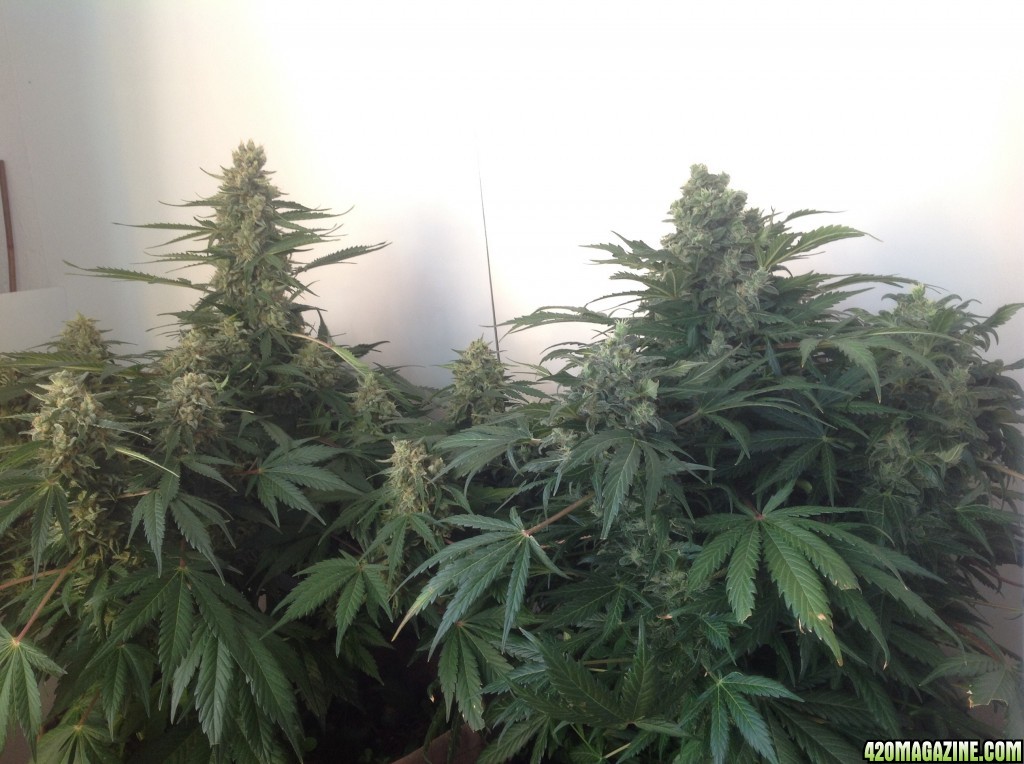
Sue, I am well aware that some very nice plants have been grown in SWICK. I wish I had the real estate to have continued with my side by side but I just don't.
For every plant that does well in SWICK there are others that don't.
I was pleased overall with the performance of the SWICK for the first three weeks. You did hear me say that right? Nitrogen cycling is one example of how wet/dry cycles are beneficial. It should be noted that the nitrogen cycle in soil is frequently manipulated by adding nitrate fertilizers to the soil. It does not matter if these are organic or salt based - fishy ferts, alfalfa, mono ammonium phosphate, ammonium nitrate... In a continuously wet soil a higher percentage of available nitrate will be disposed of by anaerobes.
One thing that fascinates me about both the kit and LOS aficionados is that both methods seem to rely on a steady stream of inputs - add this, add that, try this, try that. I don't add much of anything and it works pretty well. I don't SWICK and it works pretty well.
Sue, I am well aware that some very nice plants have been grown in SWICK. I wish I had the real estate to have continued with my side by side but I just don't.
For every plant that does well in SWICK there are others that don't.
I was pleased overall with the performance of the SWICK for the first three weeks. You did hear me say that right? Nitrogen cycling is one example of how wet/dry cycles are beneficial. It should be noted that the nitrogen cycle in soil is frequently manipulated by adding nitrate fertilizers to the soil. It does not matter if these are organic or salt based - fishy ferts, alfalfa, mono ammonium phosphate, ammonium nitrate... In a continuously wet soil a higher percentage of available nitrate will be disposed of by anaerobes.
One thing that fascinates me about both the kit and LOS aficionados is that both methods seem to rely on a steady stream of inputs - add this, add that, try this, try that. I don't add much of anything and it works pretty well. I don't SWICK and it works pretty well.
 This is right up your alley. Someday you need to dabble.
This is right up your alley. Someday you need to dabble. 

